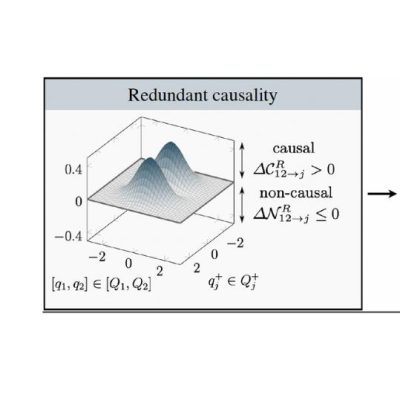
A method for assessing satellite operators’ compliance with geosynchronous orbital assignments
Geosynchronous (GEO) satellite operators coordinate their orbital positions and frequency bands through a public assignment process managed by the International Telecommunication Union (ITU) to prevent radio-frequency interference. But once assignments are determined, how well do satellite operators comply with them? Thomas G. Roberts and Prof. Richard Linares from the Aerospace Robotics and Controls Lab (ARCLab) introduce a novel method for assessing compliance to the ITU’s orbital assignments in GEO.
Authors: Thomas G. Roberts, Richard Linares
Citation: Acta Astronautica, Volume 221, 2024, Pages 218-229
Abstract
In order to avoid harmful interference in the radio-frequency spectrum, geosynchronous (GEO) satellite operators coordinate their plans with one another by publicly describing their preferred orbital positions and frequency bands in an assignment process managed by the International Telecommunication Union (ITU), a specialized agency of the United Nations. But once assignments are determined, how well do satellite operators comply with them?
This work describes a method for assessing GEO satellite operators’ compliance with the physical component of the ITU’s satellite network assignments in the geostationary belt using publicly available data. The positions of real, cataloged GEO satellites, measured in longitudinal degrees, are compared with data describing ITU satellite networks published by the Union’s Space Services Department to determine whether satellites are operating near an active network assigned to one of their corresponding ITU administrations. Compliance for three satellites that perform relatively frequent longitudinal-shift maneuvers in GEO — Telesat’s Nimiq 2, Russia’s Luch (Olymp), and China’s SJ-17 — is assessed over a multi-year study period and discussed.
This work illustrates how historical compliance assessment can contribute to the identification and characterization of anomalous satellite behaviors, such as re-positioning the same satellite repeatedly to bring many ITU satellite networks into use, performing non-cooperative close approaches with nearby neighbors, and rendezvous operations, in the Nimiq, Luch, and SJ-17 examples, respectively.

